( 19-01-2016 - 01:09 PM ) - Views: 4399
Typically, the source of fresh water used in the production of drinking water contain impurities, bacteria. Sterilization is a very necessary step. The selection of a suitable disinfection method must be adjusted to the specific requirements to ensure the highest safety for the users. Moreover, also need to consider the provisions on just used a certain number of disinfectants in drinking water disinfection.
Overview drinking water disinfection process
Chlorine
ClO2
Ozone
UV
The ability to sterilize Medium High Highest Average
Effectiveness lasts many hours several days a few minutes no
The dependence on pH
Great number of
None Average None
Byproduct of the disinfection process
THM, AOX
Chlorite
possibly Bromate
possibly Nitrite
Investment costs
Low High
medium
Medium - High
medium
Maintenance Fee
medium
Average No
Disinfection with Chlorine
With chlorine disinfection process, chlorine gas, sodium hypochlorite or calcium hypochlorite is added to water. The amount of chemicals that are added depending on the amount of chlorine needed for disinfection and the required level of disinfection. For drinking water, the concentration of chlorine residual of at least 0.1 mg / l. The time period necessary to achieve the highest efficiency disinfection minimum of 20 minutes. The effectiveness of the disinfection by chlorine depends very much on the pH of the water. With water contaminated organic impurities, smell and taste of water may be affected, besides the formation of undesirable products of disinfection processes like Chlorinated hydrocarbons affect health human. The recontamination precaution with a residual amount of chlorine is usually overestimated, because the chlorine loss is inevitable in the process of supplying water to the concentration of chlorine needed is reduced quickly.
Chlorine Dioxide
Chlorine dioxide is a disinfection method has many advantages and is increasingly being used to replace chlorine in many areas. The effectiveness of this method is much more powerful-but above all-it does not depend on the pH of the water. With the chemicals involved in the process of sterilization method of disinfection with chlorine dioxide does not cause residual chlorine generated. The effectiveness of sterilization was also prolonged. The residual chlorine dioxide concentration minimum of 0.05 mg / l with sterilization time at least 15 minutes. Another noteworthy point is different from the method used Chlorine, this method destroys biofilms in piping, tanks, vessels should avoid Legionella infection
Ozone
This method is capable of the highest disinfection used in drinking water disinfection. The main advantage of this method is not generated byproducts and Ozone will decompose into oxygen. The downside of it is weak solubility in water. In the field of water disinfection, this method is mainly used when there should be a complementary oxidation methods such as removing bleach, iron, manganese or removal of organic substances such as humic acid.
Ultraviolet Disinfection
With the method of disinfection with ultraviolet disinfection of the water needs to be treated with short-wavelength ultraviolet light. Thus, it eliminates bacteria safely without altering the quality of water. UV disinfection with no lasting effect, but this method is superior to other methods in Cryptosporidium or Giardia disinfection.
Disinfection with silver ions
With the method of disinfection with silver ions, silver ions are added to water at a rate of 0.005-0.1 mg / l. The silver ions can kill bacteria (olidodynamic). However, bactericidal effect is not specifically identified and protected against bacteria for a long time and can not be guaranteed. Processing time lasts several hours account. Currently, this process is mainly applied in drinking water disinfection on ships or for the supply of water to the areas hit by natural disasters.
Sterile filtration
Sterile filtration is used primarily for medical and pharmaceutical manufacturing as it should cost very high. This process uses ultra filtration membranes are disinfected with a pore size <0.5 microns. Ministry simple ultrafiltration is also used for drinking water treatment in the family. However, there's always the risk of germs will trienthong pass filters.
Slow sand filtration
This method filters with velocity of 0.1 m / h and can significantly reduce the amount of microorganisms. Because this method requires large filter surface and high maintenance costs, it is increasingly less used than. With highly polluted water sources, besides the treatment using this method, other additional methods need to be implemented to ensure water quality.



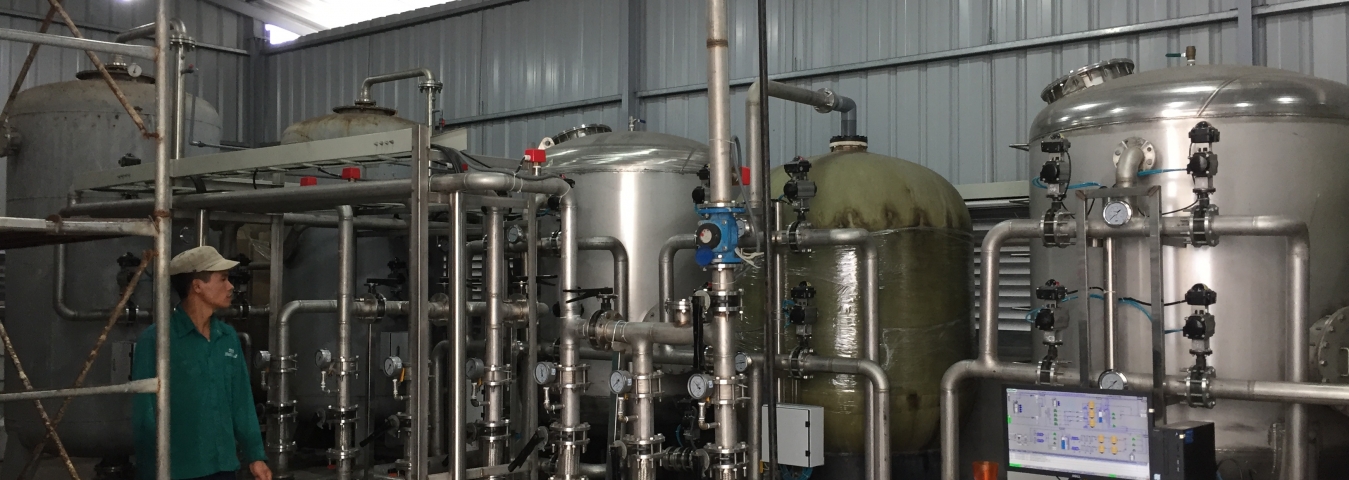
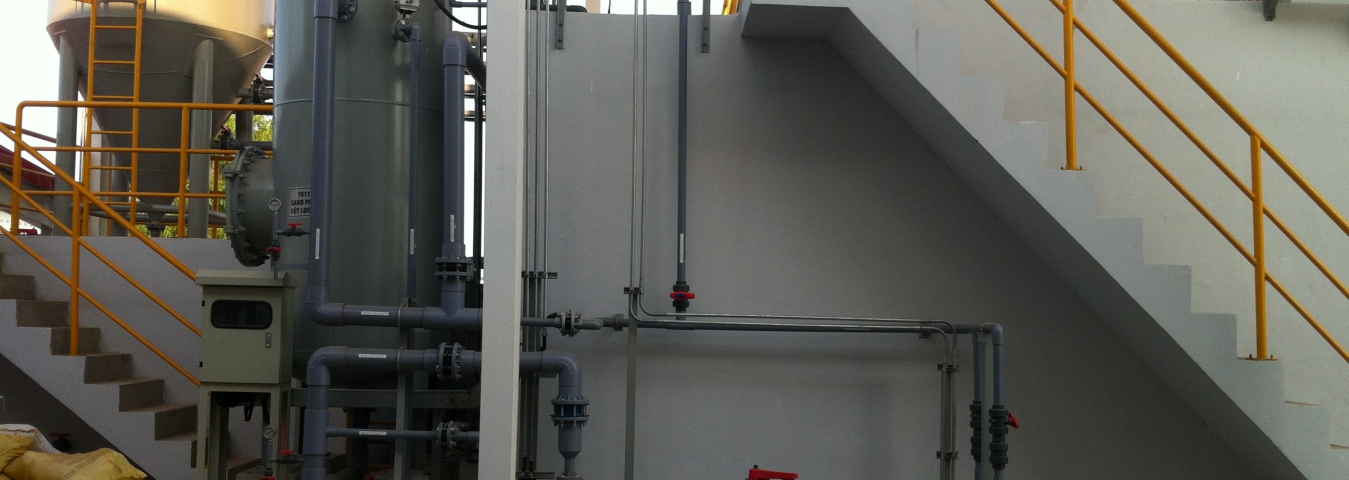
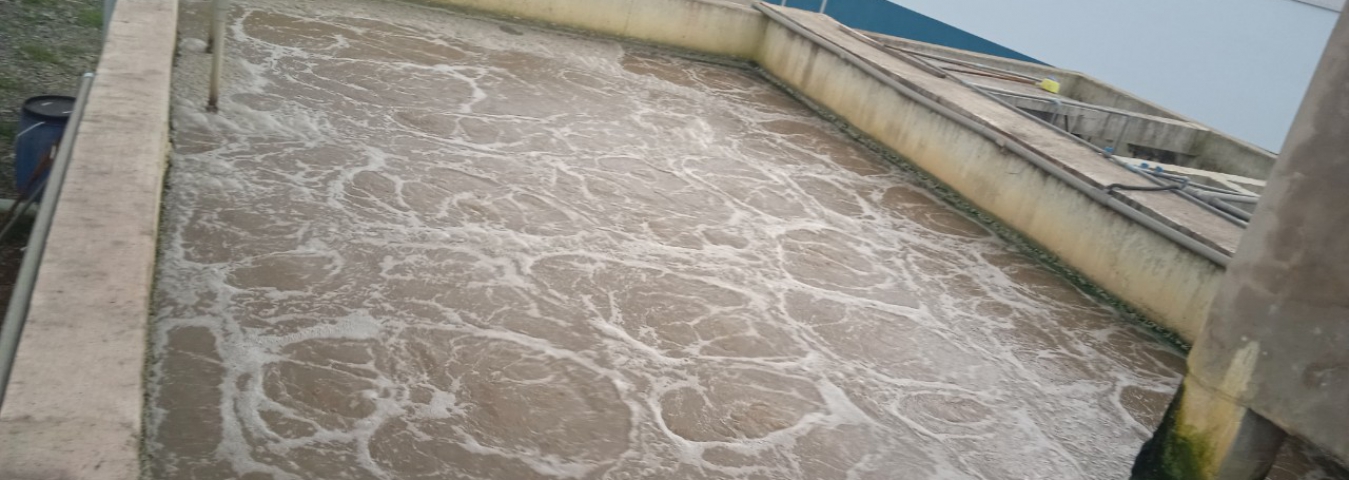


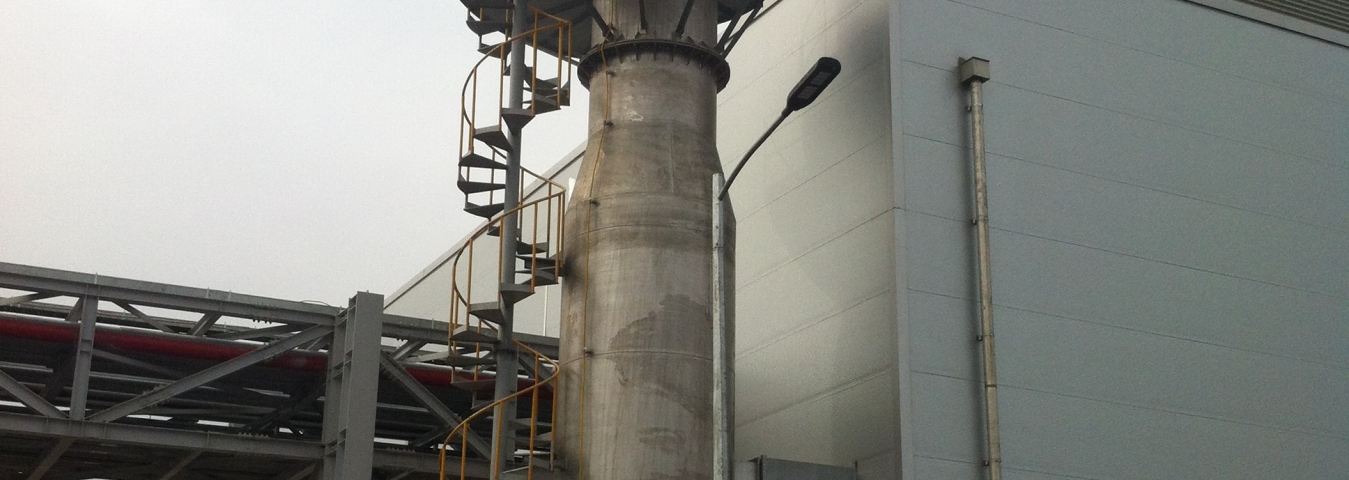



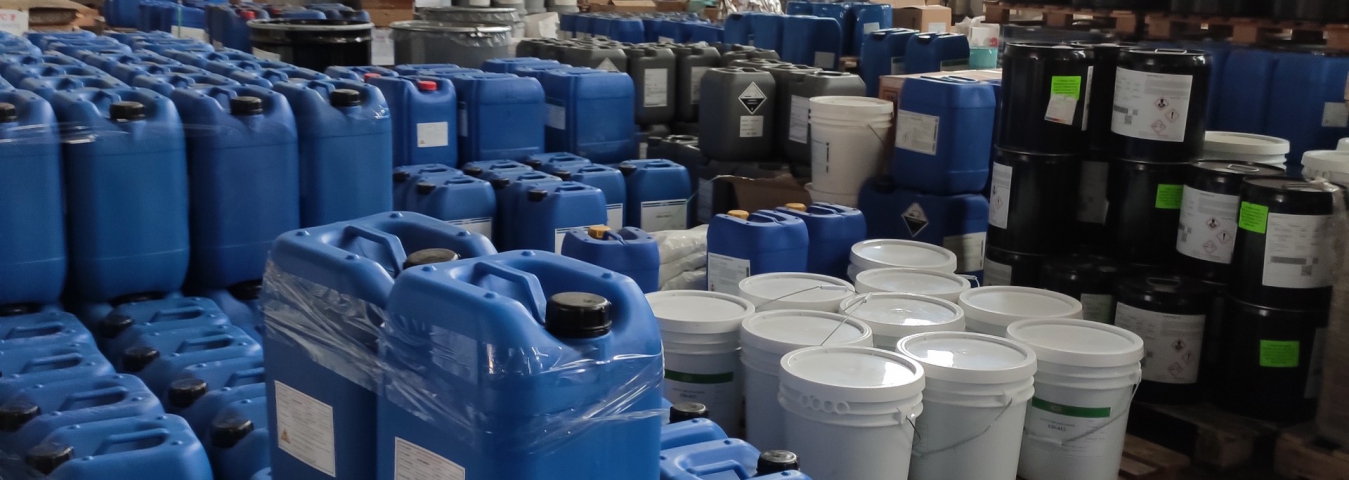
 Dự báo thời tiết
Dự báo thời tiết Cập nhật giá vàng
Cập nhật giá vàng Thông tin chứng khoán
Thông tin chứng khoán Tỉ lệ ngoại tệ
Tỉ lệ ngoại tệ










